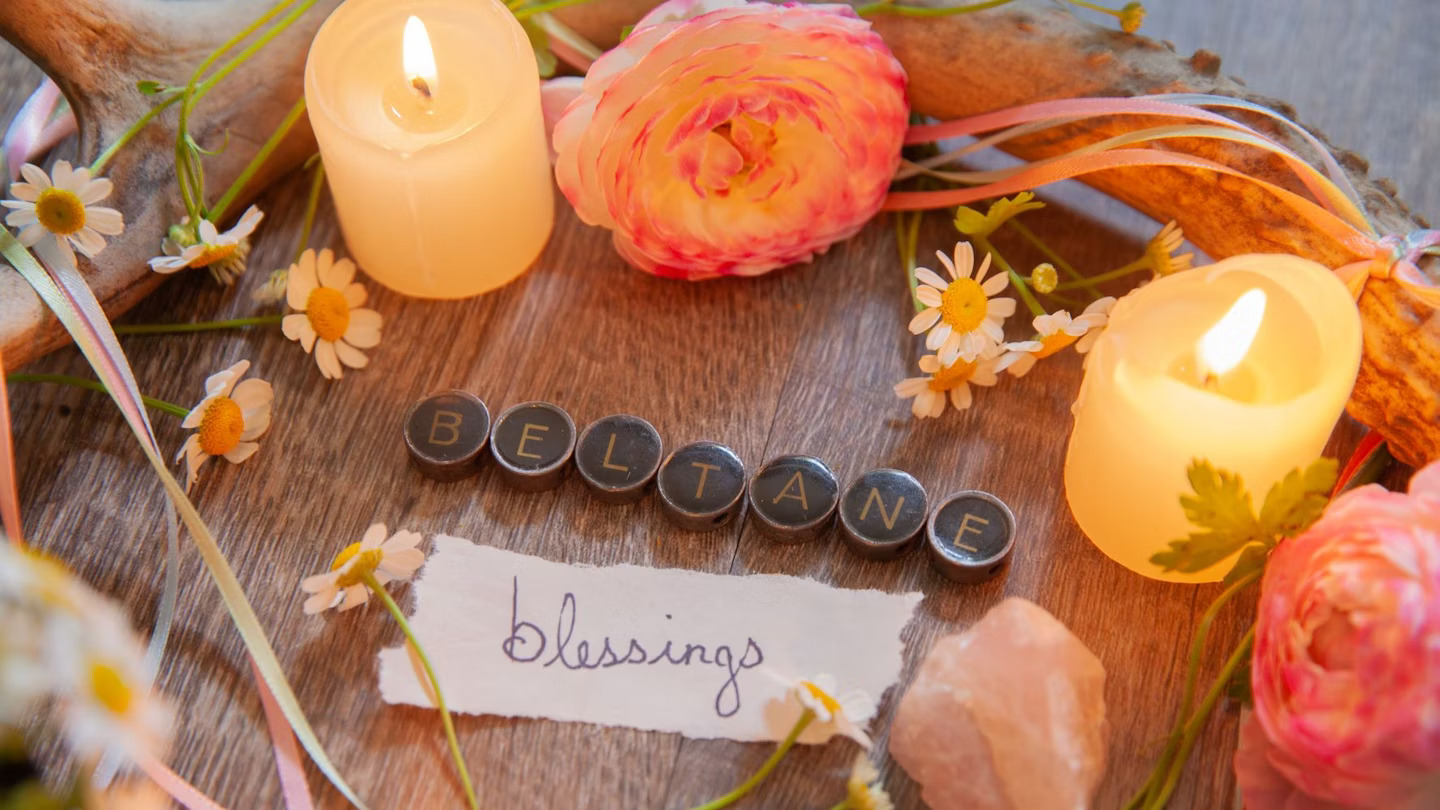

Beltane is celebrated around the 1st of May, halfway between the Spring Equinox and Summer Solstice.
Beltane is a Pagan Sabbat; a festival that marks the start of Summer and the fertility of the coming year. Beltane is a time to celebrate the growing power of the Sun and the cleansing of the Dark; a time of fertility, growth, and cleansing. It is usually celebrated with bonfires, dancing and crowning a May Queen. Beltane history also shows a story of The Maiden Goddess and the Green Man; celebrating a special union.
The name of Beltane comes from the Celtic God "Bel", meaning "the bright one" and the Gaelic word "teine" meaning fire; together they make "Bright Fire". It is thought that the fire has protective properies; nuturing the future harvests and protecting the community. The goal of Beltane rituals is to appease the Pagan Gods and Nature Spirits. Other history speaks of "The Floralia" and "Walpurgis Night" *mentioned briefly below.
The story of the special union is that the Maiden Goddess has reached her fullness and the Green Man falls in love with her and wins her hand and the May Queen becoming pregnant. They are symbols of sacred marriage and the union of Earth and Sky. *The Floralia is the festival of Flora; celebrating Dionysus and Aphrodite. There were theatrical performances and a ritual called "Florifertum". Floralia concluded with competitive events and spectacles with a sacrifice to Flora. Walpurgis Night commemorates the canonization of Saint Walpurga. It is mainly focused on the symbolic use of fire to bless cattle, however, people would also leap over fires for luck.
At dawn on Beltane, maidens would roll in the dew or wash their faces with it. It would also be collected in a jar, left in the sunlight, and then filtered. The dew was thought to increase sexual attractiveness, maintain youthfulness, and help with skin ailments.
Beltane is a popular time for pagan weddings or Handfastings, a betrothal for 'a year and a day' after which the couple would either choose to stay together or part without recrimination. Handfasting ceremonies are often unique, but include common elements, most importantly the exchange of vows and rings (or a token of their choice). The act of handfasting always involves tying the hands in a figure of eight, at some point in the ceremony and later unbinding. This is done with a red cord or ribbon. Tying the hands together symbolises that the two people have come together and the untying means that they remain together of their own free will.
A-Maying; Couples spent the night in the woods and fields, made love and brought back armfuls of the first May or hawthorn blossoms to decorate their homes and barns.
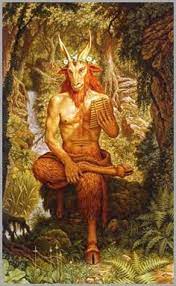
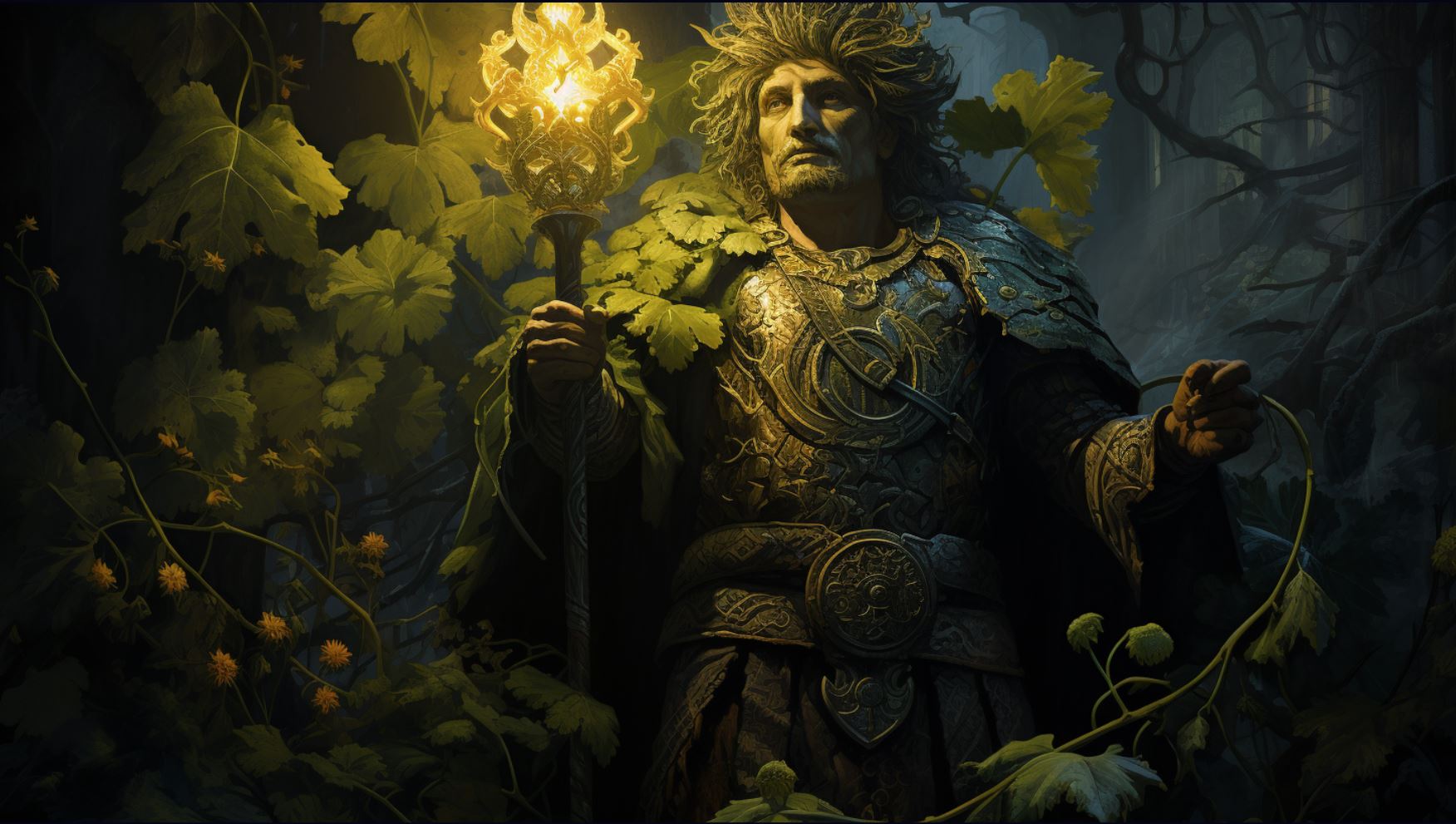
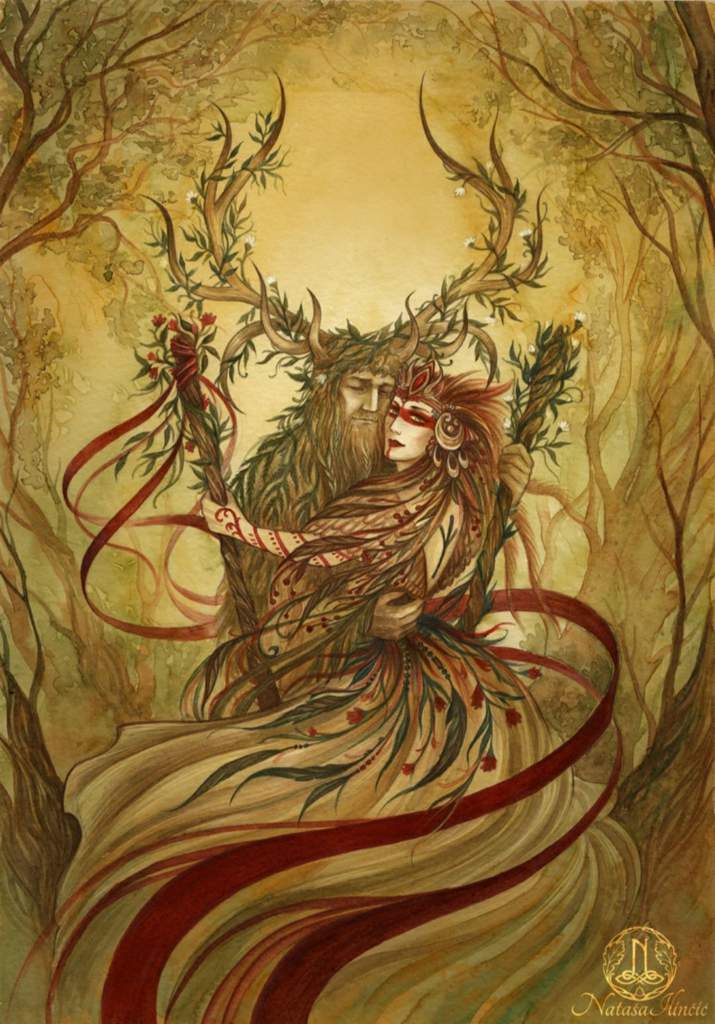
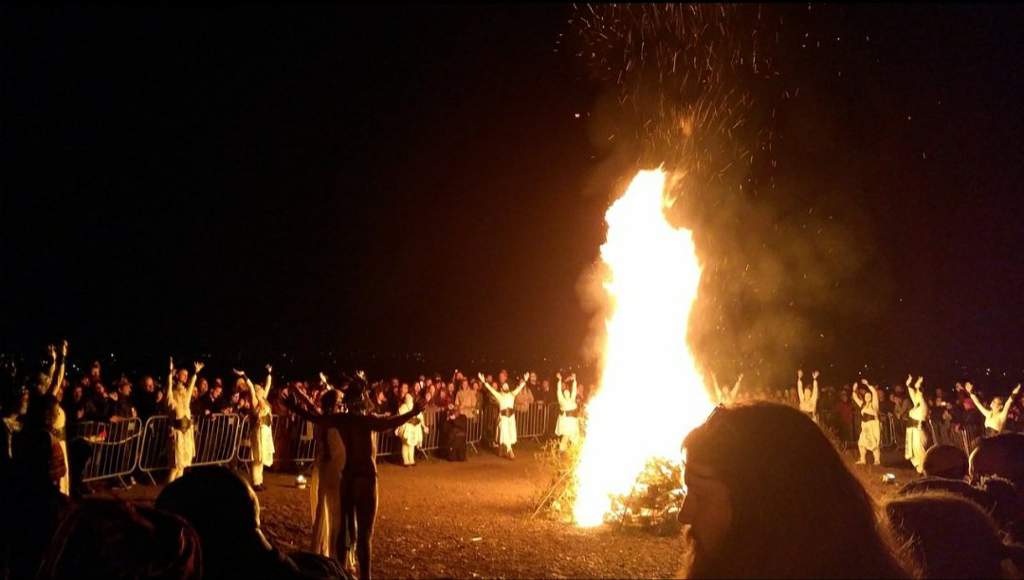
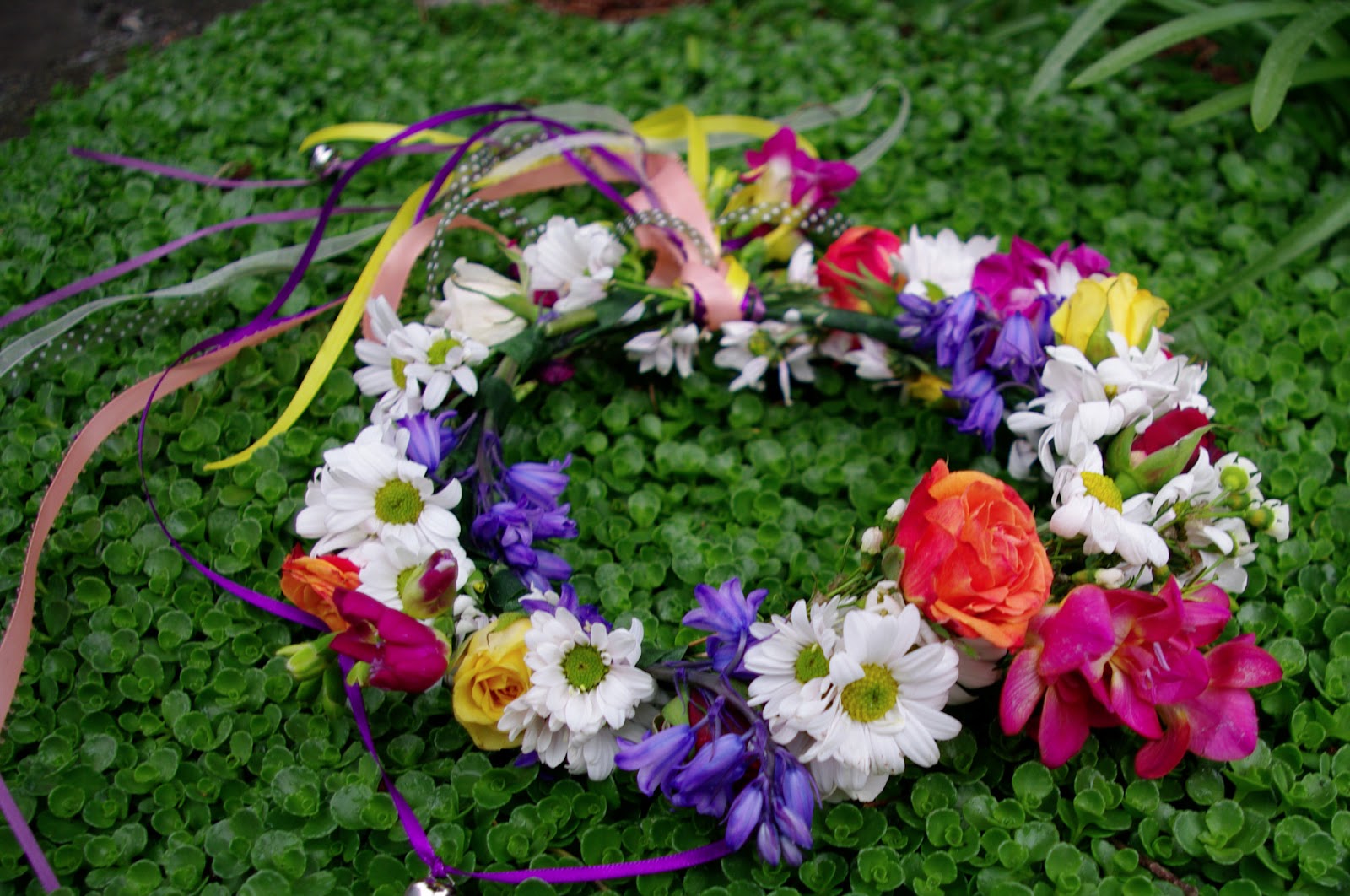

- Create a Bonfire
- Enact the special union of the May King and Queen
- Visit a Holy Well
- Create a May (thorn) bush with flowers and ribbons
- Dancing around a Maypole
- Make may flower bouquets, baskets, and garlands
- Make a doll of Bel
- Decorate your house or altar with May Flowers
- Ritual welcoming Bel
- Give offerings
- Decorate wreaths and crosses with may flowers and other seasonal items
- Paint rocks
- Fly Hand Kites
- Create a May Flower Crown

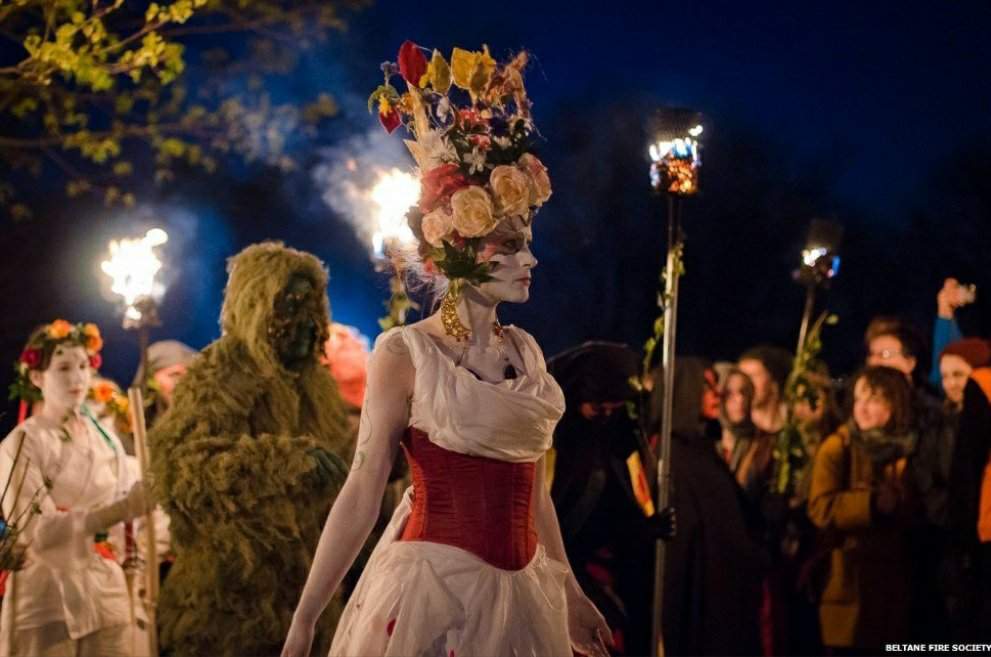
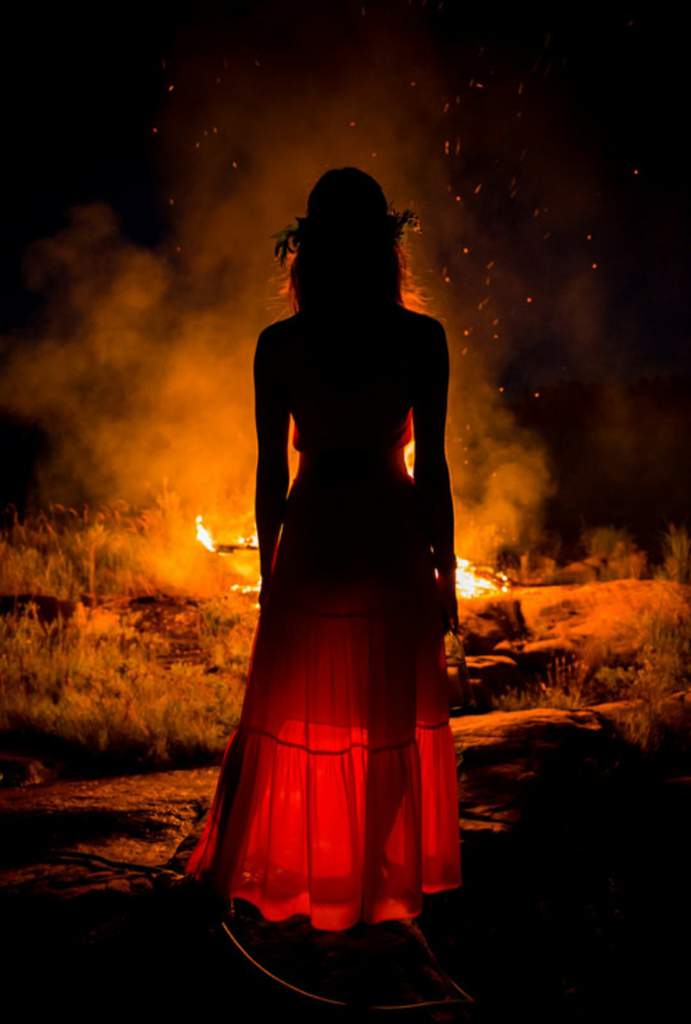
Intentions: Fertility, Cleansing, Growth, Power
Herbs:Cinquefoil, Mint, Mugwort, Thyme, Hibiscus, Saffron
Crystals:Emerald, Malachite, Rose Quartz, Amber, Carnelian
Plants: Thorn Trees, Primrose, Rowan, Gorse, Hazel, Marigold, Ash, Almond
Colours:Pink, Red, Green
Incense:Frankincence, Lilac, Rose
Foods and Drinks:Oatmeal Cake, Spring Greens, Strawberries, Cherries, Caudle, Dairy, Mead, Wine
Gods and Deities:Bel, Robin Hood, The Green Man, Cernunnos, Pan, Flora, Maia, Guinevere, Gaia, All Flower Goddesses and Gods of the Hunt